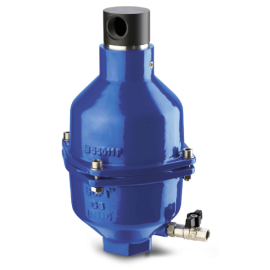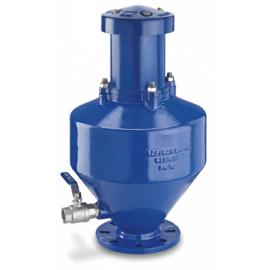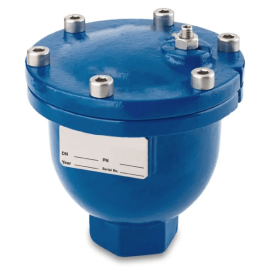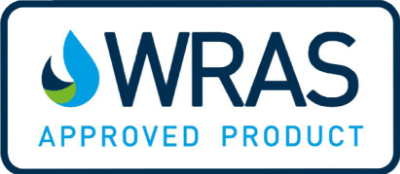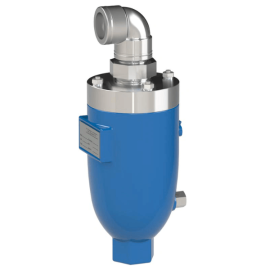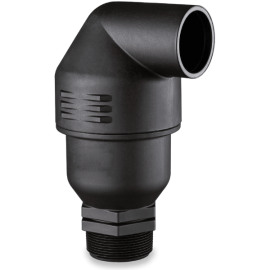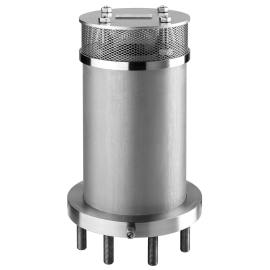Air Valves
Our air valves come in a wide range of designs, providing efficient gas exhausting and administering to pipelines for a variety of processes, including industrial, potable and wastewater applications. Robust construction materials, WRAS-approved options and configurable features make them a versatile and reliable solution to your air valve needs.

